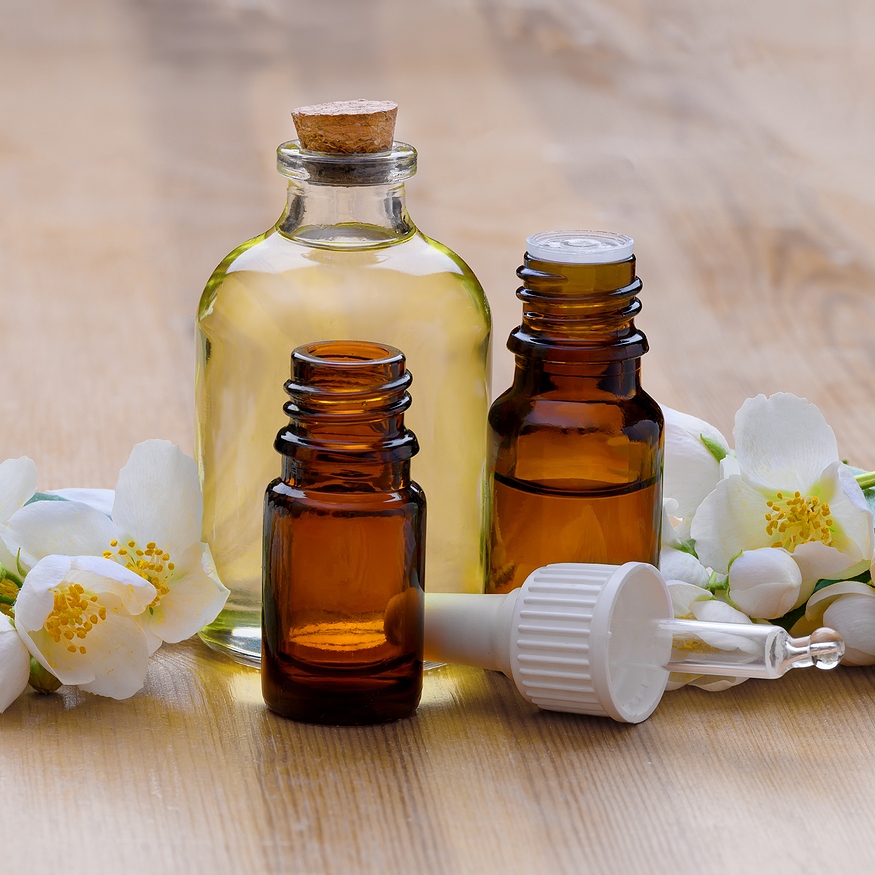Packaging plays a crucial role in the presentation and preservation of products, especially when it comes to natural and artisanal products. In a world where consumers are becoming increasingly conscious of the products they purchase, it's not just the content that matters, but also the packaging. One important, yet often overlooked aspect of packaging design is the finish of the neck of a bottle or jar, also known as the neck finish. In this article, we explore how these small but essential details influence the aesthetics and functionality of packaging for natural products.
What are neck finishes?
Before we delve deeper into the impact of neck finishes on the aesthetics of packaging, it’s important to understand what this term actually means. The 'neck finish' refers to the shape and finish of the neck of a bottle, jar, or other packaging material. This includes the threading, the diameter, and the way the bottle or jar is sealed. While this may seem like a purely functional aspect at first glance, it plays a significant role in both the visual appeal and the practical usability of the packaging.
Aesthetics and functionality hand in hand
In the world of natural products, such as essential oils, herbs, and artisanal perfumes, the packaging is often the first thing that catches the consumer's eye. A well-designed 'neck finish' can enhance the overall appearance of a product, giving it a luxurious, refined look. Think of an elegant bottle with a slender neck or special wide-neck jars and a perfectly fitting cap. These kinds of details can set a product apart from the competition and convey a sense of exclusivity and quality.
But beyond aesthetics, functionality plays an equally important role. The right 'neck finish' ensures that the packaging seals properly, which is essential for maintaining the freshness and quality of natural products. This is especially crucial for products sensitive to light, air, and temperature, such as essential oils and herbs, where a good seal is vital to extending shelf life.
Biophotonic glass
One of the most innovative materials being used today for packaging natural products is biophotonic glass. This type of glass has unique properties that protect the product from harmful UV rays while allowing certain wavelengths of light to pass through, which can enhance the quality of the product. Biophotonic glass is becoming increasingly popular in the world of natural products due to its combination of aesthetics and functionality.
When biophotonic glass is paired with a well-designed 'neck finish,' the result is packaging that is visually appealing and also optimizes the shelf life and quality of the product. The synergy between these two elements allows natural products to be packaged in an artistic and sustainable way.
The history of neck finishes
The evolution of 'neck finishes' throughout history is a fascinating topic. In ancient times, bottles and jars were often sealed with simple corks or wooden stoppers. As technology advanced, screw caps and other more sophisticated closures were introduced. These innovations were aimed not only at improving functionality but also at enhancing the aesthetics of the packaging.
In modern times, there is a growing trend toward minimalist and sustainable packaging design. This has led to the development of innovative 'neck finishes' that are practical and contribute to a refined and eco-friendly appearance. Biophotonic glass plays an important role in this, as it is both aesthetically pleasing and functional.
Neck finishes in luxury packaging
Luxury packaging is an art form in itself. The finish of the neck of a bottle or jar can enhance the perception of luxury and give a product a premium look. This is especially important in the world of natural products, where consumers are often willing to pay more for products that look exclusive and refined.
A well-designed 'neck finish' can, for example, convey a sense of craftsmanship and attention to detail. This is particularly important for artisanal products such as handmade perfumes, essential oils, and herbs, where the packaging is an extension of the product itself. By investing in high-quality 'neck finishes,' brands can position their products as luxurious and exclusive, which can lead to a higher perceived value among consumers.
Sustainability
In an era where sustainability is becoming increasingly important, the choice of packaging materials and designs plays a crucial role. 'Neck finishes' can also contribute to sustainable packaging solutions. For example, by using reusable and recyclable materials, such as biophotonic glass, brands can reduce their ecological footprint while still offering high-quality packaging.
Additionally, a well-designed 'neck finish' can help reduce waste. By creating packaging that seals properly, the contents stay fresh longer, leading to less product waste. This is especially important for natural products, which often have a limited shelf life.
